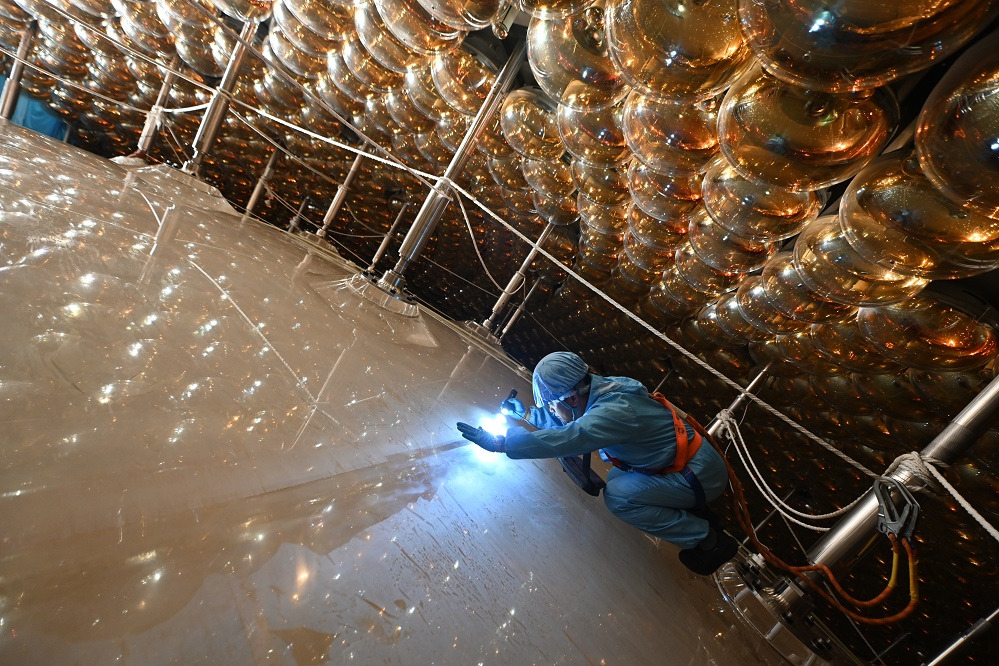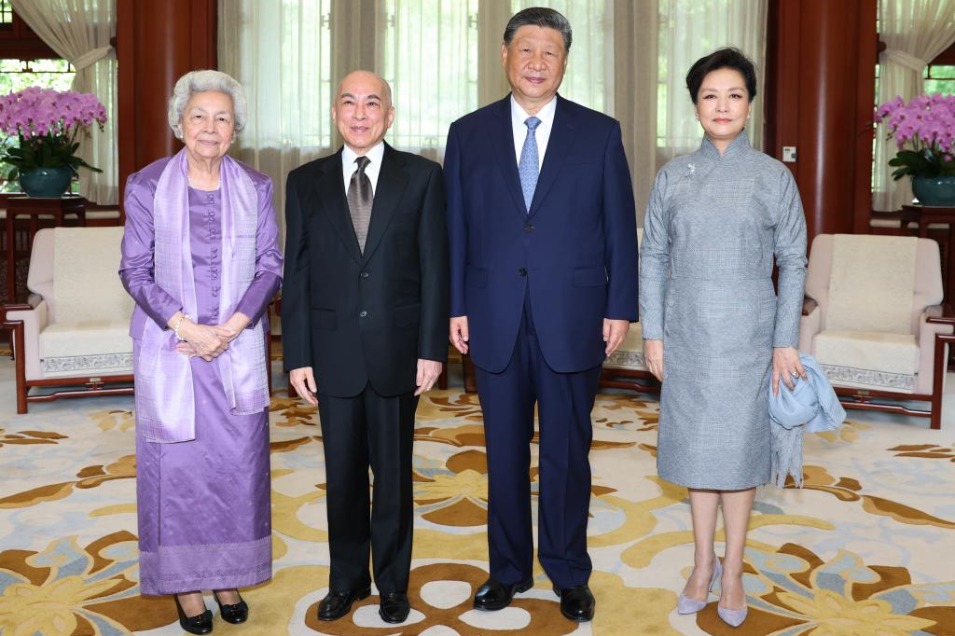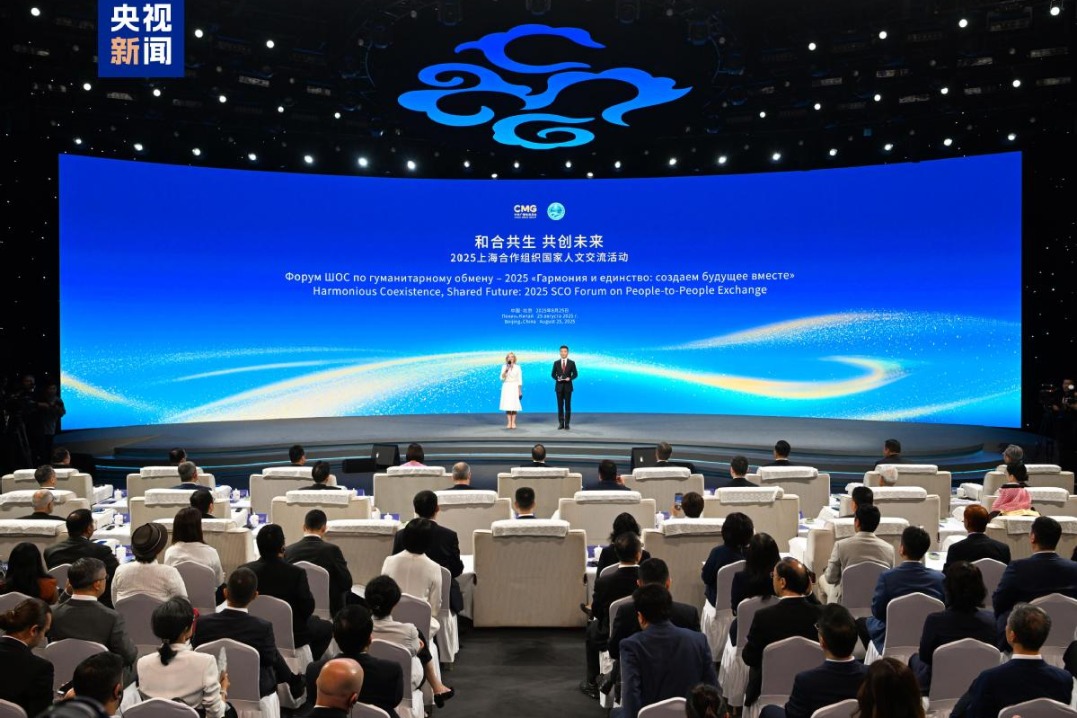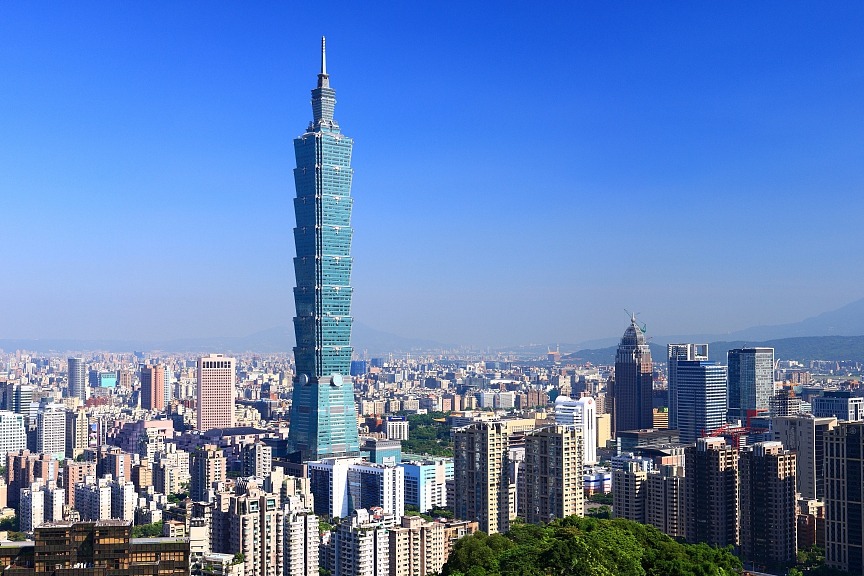Forward propulsion
The Belt and Road Initiative has proved to be of vital relevance in Latin America and the Caribbean


In several weeks, the Belt and Road Initiative will celebrate its 12th anniversary. Its impact has been tremendous in the Global South, including countries in Latin America and the Caribbean. One of the goals of the BRI is interconnectivity, which is being translated into infrastructure projects. The BRI has enhanced the relations between China and other developing countries. After decades of little dynamism of the United States vis-a-vis the Global South, China, itself a major Global South country, has demonstrated that there is a huge potential for development in the Global South. The BRI has attracted the participation of over 150 countries and 30 international organizations. So far, over 20 countries in the LAC have joined the BRI, including Argentina and recently Colombia. Brazil and Mexico are two of the outliers that have so far not decided to join. The LAC was formally invited to join the BRI at the second ministerial meeting of the China-CELAC(the Community of Latin American and Caribbean States) Forum in Santiago, Chile, in 2018, although China's presence in LAC has increased substantially throughout the 21st century.
The recent document of the Economic Commission for Latin America and the Caribbean (ECLAC) presented at the fourth ministerial meeting of the China-CELAC Forum in May allows a detailed understanding of China's important socioeconomic presence in the LAC in the 21st century, specifically regarding Chinese infrastructure projects. From a macroeconomic perspective, China is filling an enormous gap in the region. According to the analysis made by the Academic Network of Latin America and the Caribbean on China (Red ALC-China), the LAC should be spending up to 7.9 percent of its GDP on public infrastructure, but effective investments accounted for only 1.5 percent of GDP from 2015 to 2023. Chinese infrastructure projects in the LAC until 2024 were worth about $129 billion, generating more than 950,000 jobs. These projects in the region are diversified by country — historically concentrated in Brazil but in the last decade increasingly in Mexico and Argentina, and by sector — historically concentrated in energy but recently in transportation. The projects in renewable energy represented 52.73 percent in 2024. Five Chinese companies — China Communications Construction Company, Power Construction Corporation of China, China Railway Construction Corporation, State Grid Corporation and China National Petroleum Corporation — have realized 90 infrastructure projects in the LAC during 2005-24 period, worth more than $60 billion and generating 426,000 jobs.
China's BRI has generated global discussions. Partner countries of the BRI are from all continents, excluding the Antarctic. And there is a wide recognition of the global importance of the BRI, even in institutions such as the World Bank and the United Nations. The US International Development Finance Corporation attempted to counter the BRI's success through private investment and cooperation, to little effect so far.
In the LAC, the presence of China in general, specifically regarding infrastructure projects, has been spectacular and very dynamic in the past decade. Some countries such as Costa Rica, Ecuador and Peru have received strong pressure from the US to review and even cancel some Chinese infrastructure projects. Independently of these debates, Chinese infrastructure projects in the region have been one of the most dynamic bilateral cooperation instruments, even before the formal integration of the LAC into the BRI in 2018. The China-CELAC Joint Action Plan for Cooperation in Key Areas (2025-27) also emphasizes the importance of infrastructure in transportation, specifically in new air routes, railways and ports based on sisterhood agreements between cities in the LAC and China.
Examining Chinese infrastructure projects in specific countries and territories also enriches the understanding of the impact of these bilateral efforts. The renovation of the metro system in Mexico City, for example, improves the quality of everyday life for hundreds of millions of users every year. The National Stadium in Costa Rica built in 2009 has allowed millions of football lovers to participate in sports. Chinese infrastructure projects in Brazil and Ecuador are affecting the everyday energy use of hundreds of millions of Latin American people. There are dozens of smaller Chinese infrastructure projects, much less known compared to those huge ones: for instance, the dredging of ports in Montevideo in Uruguay and the new railway infrastructure in Buenos Aires in Argentina. These projects are substantially improving the quality of life in the LAC. In several countries such as Mexico, Chinese infrastructure projects in renewable energy are also acting as a catalyst for energy transition in the region.
China's BRI has created substantial opportunities, including people-to-people exchanges, in the LAC. More high-quality options and the modernization of Chinese infrastructure projects in the LAC will be required in the future.
The author is a professor at the National Autonomous University of Mexico and coordinator of the university's Center for Chinese-Mexican Studies. The author contributed this article to China Watch, a think tank powered by China Daily. The views do not necessarily reflect those of China Daily.
Contact the editor at editor@chinawatch.cn.


































